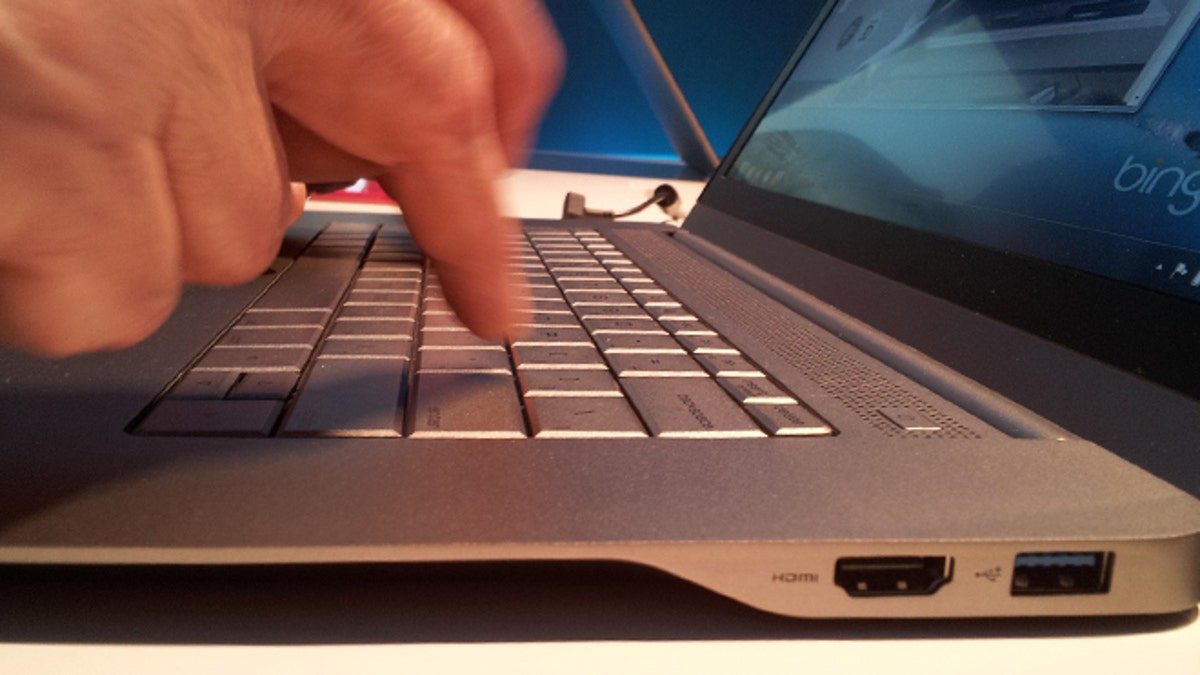
Just how secure is YOUR password? (FoxNews.com / Jeremy A. Kaplan)
"Have you tried rebooting?"
I'm sure you've heard this classic tech support question at some point. It's suggested for all kinds of gadgets, from tablets and smartphones to wireless routers and home entertainment systems. It even works for misbehaving computer programs.
It might sound like a cop-out, but there is a good reason why your repairperson suggests rebooting before anything else. To explain why, let me set up a non-techie example. Have you ever been writing a letter and gotten interrupted for just a second? You can pick up where you left off with very little effort.
But what happens if there's a string of interruptions, or a major interruption that takes you away for a few hours or even days? You can't just jump back in to the letter without reading it through from the beginning, or even starting over.
That's similar to how electronics work. A minor glitch usually isn't a problem. It will just slow things down for a minute while the system recovers.
A bunch of glitches or a really serious glitch, however, can completely interrupt the gadget's train of thought. It can't pick up where it left off. Everything might freeze, or you'll get an error like the infamous Windows blue screen of death or the beach ball on your Mac.
At that point, the only thing to do is start over. Rebooting lets the gadget begin from square one. In many cases, the glitches don't pop up again.
That's why tech support folks ask you to restart your gadget first. It's an easy, no-fuss fix that weeds out minor problems without requiring lots of time and money.
Click here for more solutions to five common computer problems.
Of course, sometimes the glitches are part of a deeper problem that won't go away. If your PC keeps slowing down while you're using it, for example, it might be a misbehaving program draining your CPU and memory.
Restarting can help you pinpoint what program it is. If your computer starts fine but misbehaves after opening a certain program, there's your problem.
At that point, you can re-install the program, see if there's an update from the manufacturer or find an alternative program.
Now, let's say you reboot your computer, but for some reason it doesn't clear the problem. You can try stopping certain programs from running during startup with a program like Autoruns.
Disabling one program at a time can help you narrow down the offending program. Turning off unneeded programs at startup can also make your computer boot faster.
If you can't find a misbehaving program, it might a driver problem. For that, you need to boot using Safe Mode. It's a powerful troubleshooting tool built in to your computer. It lets you manually correct settings and uninstall programs or drivers that are causing problems.
On most computers, pressing F8 during startup will bring up the boot menu. You can select Safe Mode from the options.
Click here to learn how Safe Mode can fix stubborn computer problems.
Rebooting a gadget can also help you fix Internet connection problems. A spotty connection could be your router or modem acting up.
Unplug the router or modem, wait 10 to 30 seconds and then plugging it back in. This will refresh its internal software and its connection to your Internet service provider.
Wondering why you have to wait? Most electronic equipment still has power in it for a little while after it's unplugged.
While there's still power, the glitch you're trying to fix might stick around. Letting the gadget completely drain erases potential problems.
Click here to read four more interesting tech secrets like this one.
With a computer, smartphone or tablet, waiting isn't usually needed. However, if there is a really persistent problem, shut the gadget down and wait 30 seconds to turn it back on.
In most cases, you should be able get back to fun or work without further problems.
Copyright 2013, WestStar Multimedia Entertainment. All rights reserved.
Kim Komando hosts the nation's largest talk radio show about consumer electronics, computers and the Internet. To get the podcast, watch the show or find the station nearest you, visit: www.komando.com/listen. To subscribe to Kim's free email newsletters, sign-up at: www.komando.com/newsletters.
